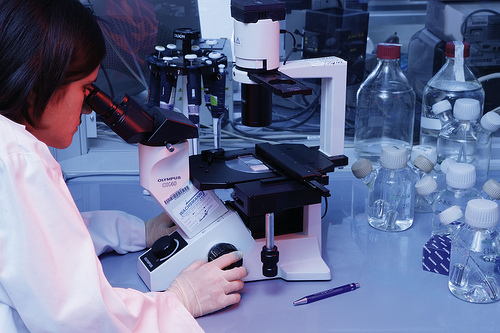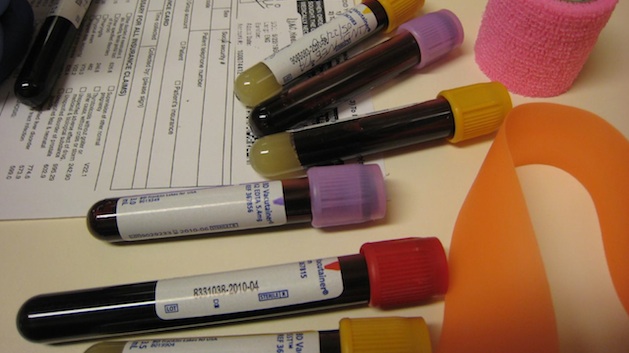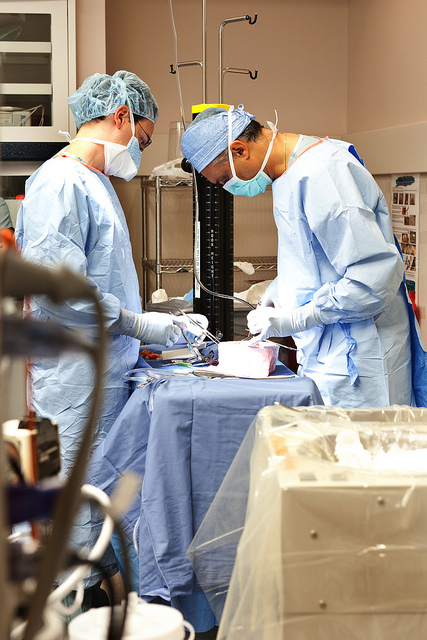Caring for the liver often means taking in pills, including painkillers, health supplements and medications, in moderation. As the body’s organ responsible for processing chemicals, the liver needs adequate rest from the tedious task of breaking down processed food, alcohol, medicines etc. But new studies suggest that common painkillers could prevent hepatitis. A healthy dose of aspirin or ibuprofen may in fact protect the liver from diseases.
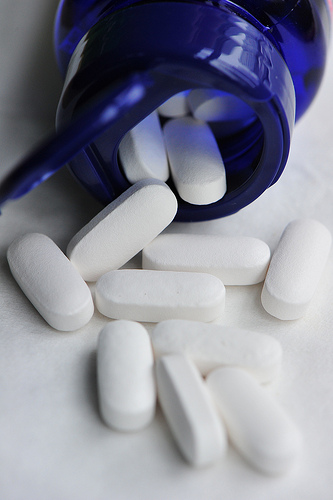
Careful about taking pain killers to keep your liver healthy (Photo Credit: Creative Commons)
With the Holidays coming up and this year coming to an end, stress and anxiety levels at work and at home are bound to rise. For a number of people, using painkillers appropriately is a necessary reprieve!
Today, researchers are telling us that common painkillers and non-steroidal anti-inflammatory drugs or NSAIDs have more benefits than curing a headache or easing muscle pains. It could also keep liver diseases, and yes, liver cancer at bay.
A study published in the Journal of the National Cancer Institute shows that people who take common painkillers are less likely to develop chronic liver problems. The study involved over 300,000 respondents whom researchers followed up for 10 to 12 years on their use of painkillers. About 73 percent of these respondents used aspirin while 56 percent were exposed to different NSAIDs.
Research findings say that people who take in aspirin, in particular, reduced their chances of developing hepatocellular carcinoma or HCC, the most common form of liver cancer, by forty percent. Those who took ibuprofen are 26 percent less likely to develop liver diseases.
The use of aspirin, the study revealed, created a steady protective effect. The frequency of use, however, did not significantly affect its efficiency in inhibiting liver diseases.
This discovery could shed new light in developing affordable preventive measures against liver diseases. Still, researchers advise to take all medicines in moderation. Natural ways to ease the holiday stress are still the most liver-friendly options.









 From the theatre production of Steel Magnolias, to Oprah, and to the Silver Screen, Sweetie has graced entertainment stages with EXCEPTIONAL drag humor, music and…yes, even cartwheels!. On Monday April, 8th 2013 Sweetie will join ADRLF in “Bring it Or Sing it! The Ultimate Karaoke Showdown”, a benefit to fund free hepatitis screenings and vaccinations.
From the theatre production of Steel Magnolias, to Oprah, and to the Silver Screen, Sweetie has graced entertainment stages with EXCEPTIONAL drag humor, music and…yes, even cartwheels!. On Monday April, 8th 2013 Sweetie will join ADRLF in “Bring it Or Sing it! The Ultimate Karaoke Showdown”, a benefit to fund free hepatitis screenings and vaccinations.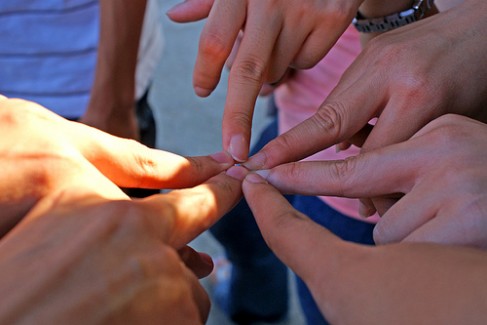
 The liver is central in processing anything and everything we take in – from our favorite breakfast cereal, vitamins and medications, to our late night snack of chocolate and wine. For many people, caring for the liver may not come easily with all the medications they must take. But just how dangerous are drugs to the liver? Using a new database, finding out the specific effects of a pharmaceutical drug to the liver is now just a few mouse clicks away.
The liver is central in processing anything and everything we take in – from our favorite breakfast cereal, vitamins and medications, to our late night snack of chocolate and wine. For many people, caring for the liver may not come easily with all the medications they must take. But just how dangerous are drugs to the liver? Using a new database, finding out the specific effects of a pharmaceutical drug to the liver is now just a few mouse clicks away.